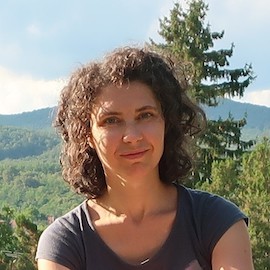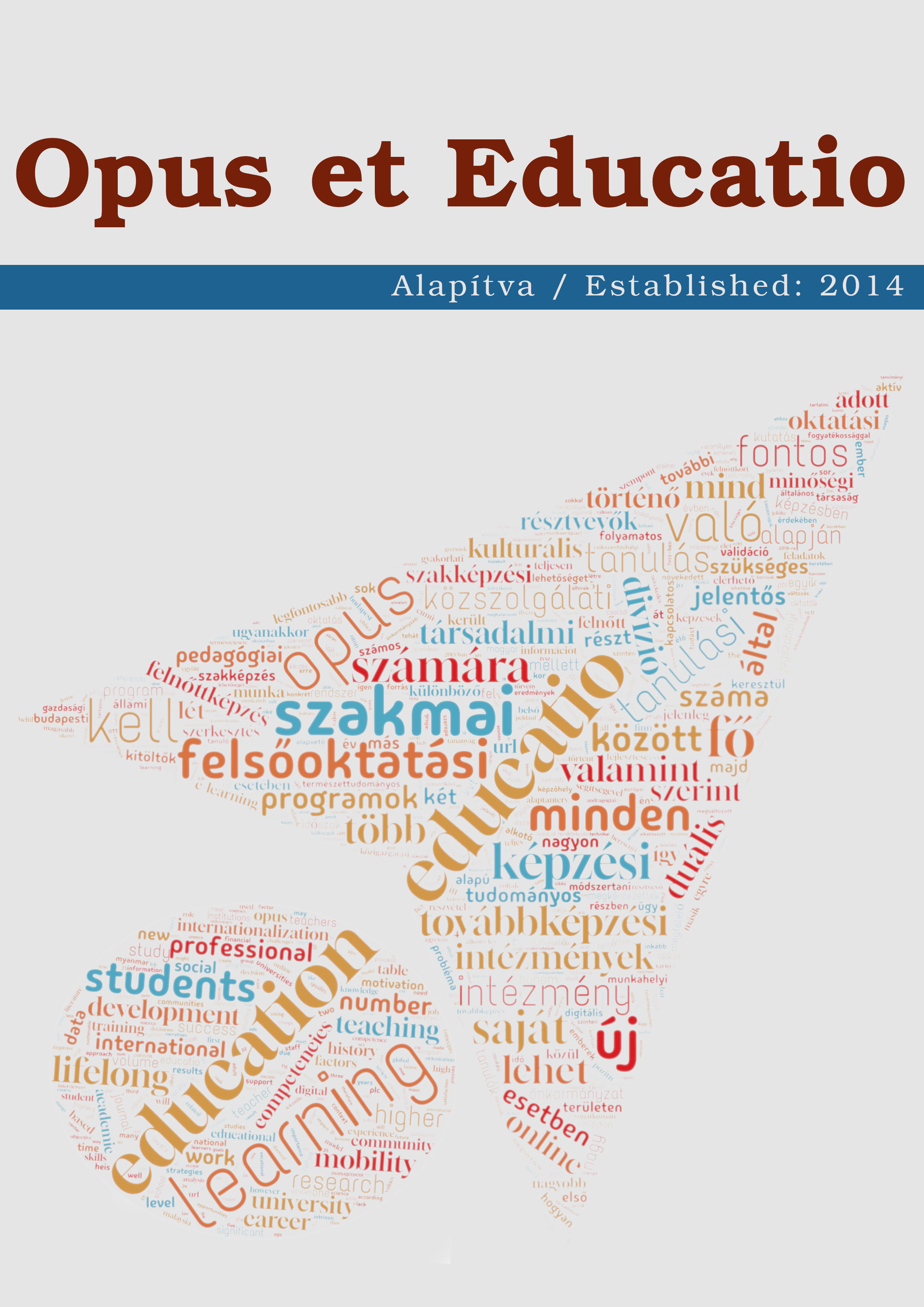Az Európai Oktatási Térség és Magyarország
Abstract
Education and Training (E&T) has long played a marginal role in European cooperation. As an activity falling within the competence of the Member States, Community cooperation has focused mainly on the use of human capital (see free movement of workers). In essence, it is only in the last 30 years, in the context of the extension of open method of coordination (OMC), that education policy/matters have become a broad education policy/matter and all its sub-sectors (public education, youth vocational training, higher education, adult education and training), based on European and, within that, EU common grounds (Halász, 2012). The concept of the European Education Area is a continuation of this thinking.
The concept is based on five priorities and seven key indicators for the period 2021-2030 (Eurostat, 2021). Of the three key indicators of the Porto Social Summit (7 May 2020), one specifically targets lifelong learning (LLL) (at least 60% of adults in education and training by 2030 and at least 47% of 25–64-year-olds in education and training by 2025). (European Council, 2021b). For young people, the interpretation and use of PISA (Programme for International Student Assessment) data has become crucial, with digital and green competences being highlighted for the first time. This article describes the process by which these objectives have been developed and reviews where the EU as a whole and Hungary are in the process of achieving them.







